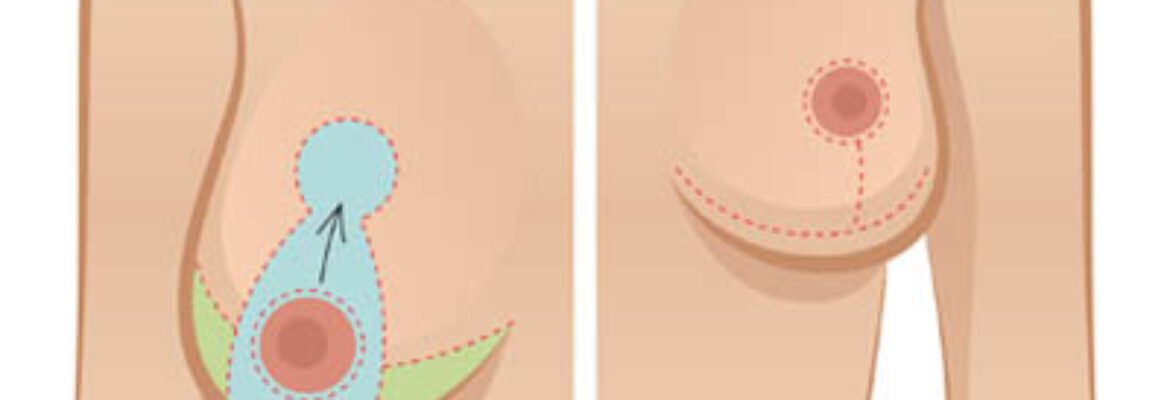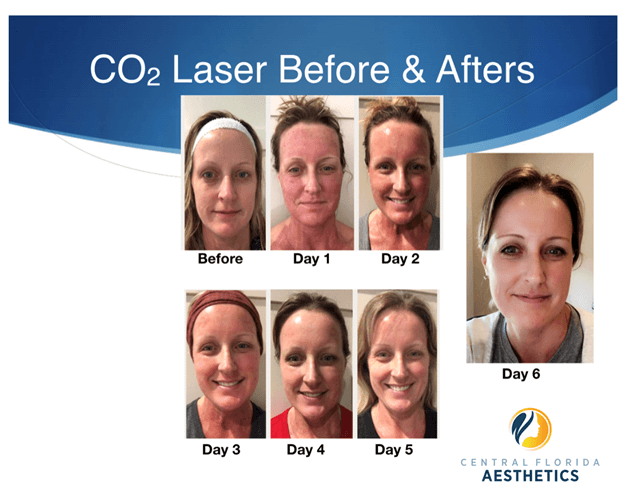
For those looking for a natural, youthful look and without any downtime or recovery time, CO2 laser treatment is an option. Although CO2 laser treatments are less painful than more powerful ones, patients may experience some reddening after the procedure. It will not last forever, although it can get worse. Patients are advised to avoid tanning and excessive sun exposure for at least four weeks before any procedure. They should also avoid any medications that may make them sun sensitive.
Fractional CO2 laser-resurfacing
Fractional CO2 laser resurfacing uses a laser to target specific areas of the skin. The laser is useful for treating pigmentation, scarring, and fine lines. It can also be used to treat precancerous lesions and sun spots. Before undergoing this procedure, patients are advised to consult a dermatologist.
Fractional CO2 laser is a less-invasive procedure that only requires one or two treatments. The recovery time for CO2 laser treatments is much longer. The procedure generally requires around a week of recovery. Patients are advised not to tan for several weeks prior to the procedure to minimize discomfort during the recovery phase.

Downtime
Depending on the treatment area, recovery from a CO2 Laser procedure can take weeks to complete. Some patients experience redness, which can last from one to four months. Redness may be caused either by an underlying health condition or the laser technique used. Applying topical ascorbic or hypoallergenic makeup can reduce redness following treatment.
A fractional CO2 treatment generally takes two to three days for recovery, while a more extensive treatment might take seven days. The number of treatments and patient's tolerance for downtime are also factors that affect recovery times. A patient who is able to tolerate the downtime may only require one or two treatments.
Side effects
Side effects associated with CO2 laser therapy can be mild or temporary. Redness can occur in the treated area for up to four weeks. This may be due either to an underlying condition or the method used by the laser provider. Antihistamines, or steroids are recommended in these cases. Avoid harsh skin treatments. To cover the redness, you can use hypoallergenic makeup. Recovery from CO2 laser therapy can take longer than that of other laser procedures.
Pain after CO2 laser resurfacing depends on the depth and extent of the treatment, the skill of the surgeon performing the procedure, and the patient's tolerance to pain. To minimize pain, your doctor might use a combination sedatives with local anesthetics if you have extensive resurfacing. General anesthesia may be used in certain cases to allow you to sleep throughout the procedure. You'll need to wear special eyewear in order to protect your eyes from damage caused by the laser.

Aftercare
CO2 laser resurfacing involves a high-intensity laser beam that removes the top layer of skin and heats the dermal layer. The procedure can cause red, swollen, and sometimes even painful skin. Patients can expect to be out of work for two weeks. It is important to avoid applying makeup or using harsh cosmetics around the area. Sunscreen is essential.
Patients will need to rest for several days after the procedure. This will allow your skin to heal. The doctor will use a topical pain reliever to treat the treatment area. To minimize discomfort, your doctor may give you an injection of anesthetic. Patients will also need to take prescribed medications as directed. Patients can expect to have significant downtime for as long as five to ten working days. Patients should also avoid prolonged exposure to the sun, which will weaken the skin's tissues.